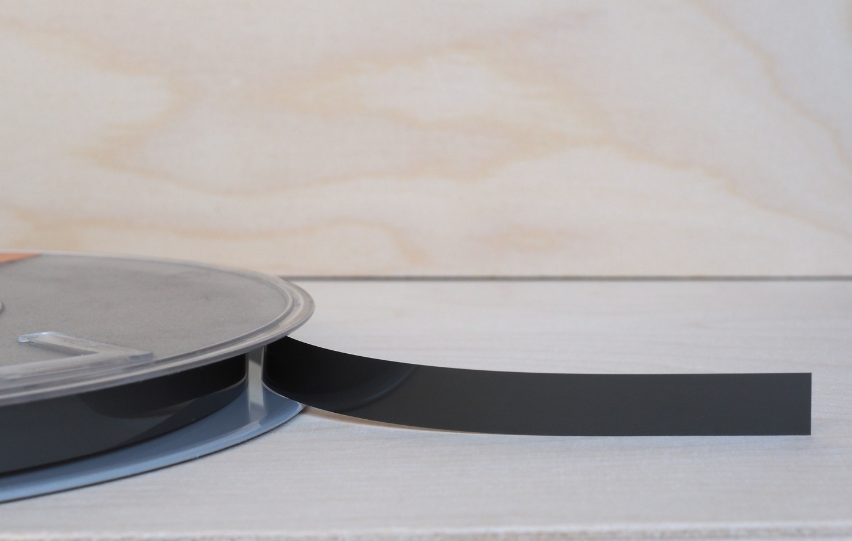Tech and consulting giant International Business Machines (IBM) and Japanese photography company Fujifilm have set a new record for creating a 580TB capacity magnetic tape with 317Gbit/sq.
The new innovation is still a prototype but brought together 15 years of work on the tape storage technology. With an areal density of the only 317Gbit, it translates to a single tape with a maximum capacity.
Researchers behind the new storage say the tape relies on Barium Ferrite, which is the reason for higher density storage with the same amount of tape. They also developed new servo-mechanical technologies for a new pattern in the servo tracks.

IBM and Fujifilm claim this new product can help accommodate increasing demands for storage in the future systems. The best part is the low-cost maintenance and operating, requiring limited costs.
Fujifilm is behind the prototype strontium ferrite particulate tape, with the massive capacity. It’s 27 times more than the normal commercial tape drives available in the market. When put to perspective, 580 terabytes is equivalent to 786,977 CDs stacked together.
The height would reach 944 meters, occupying a lot of space and requiring more costs to maintain. The Japanese photo company also developed a way to make the tape heat low-friction, through the use of smooth tape media.
This media has a density of only 702 Kbpi and with a read back of 29 nm wide with a TMR read sensor.
“Hybrid clouds will rely on magnetic tape for decades to come,” said IBM Research manager for cloud and tape technologies Dr. Mark Lantz. He added that disk capacity remains stagnant, while tape storage can keep up with the rise of unstructured data come 2025.
Additionally, tape storage has a better capacity for archival needs. It has steeper lines at 34 percent a year, compared to the disk drive with only 7.6 percent a year.
Three years ago, IBM has also partnered with Sony to create innovative tape storage using sputtered media. However, the capacity is only at 330TB, with areal density of 201Gbit/square inches.
The end result is amazing at a very high capacity, with a reading moving speed of 15km/hr or 9.3mph. It’s also incredibly cheap, a great way of backing up massive volumes of data.
This innovation remains a prototype and there’s no word yet when this magnetic tape will leave the research laboratory. However, it looks promising for archiving data for personal and business needs.
















